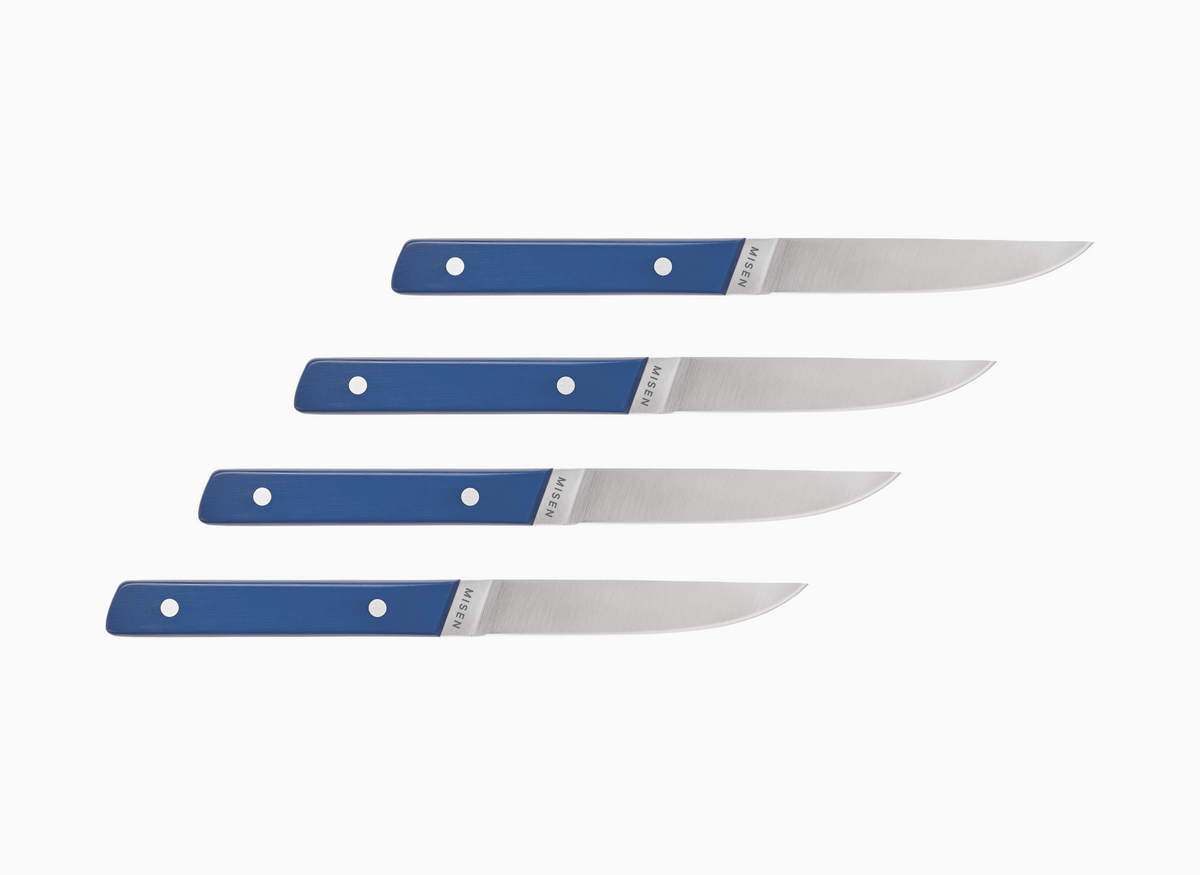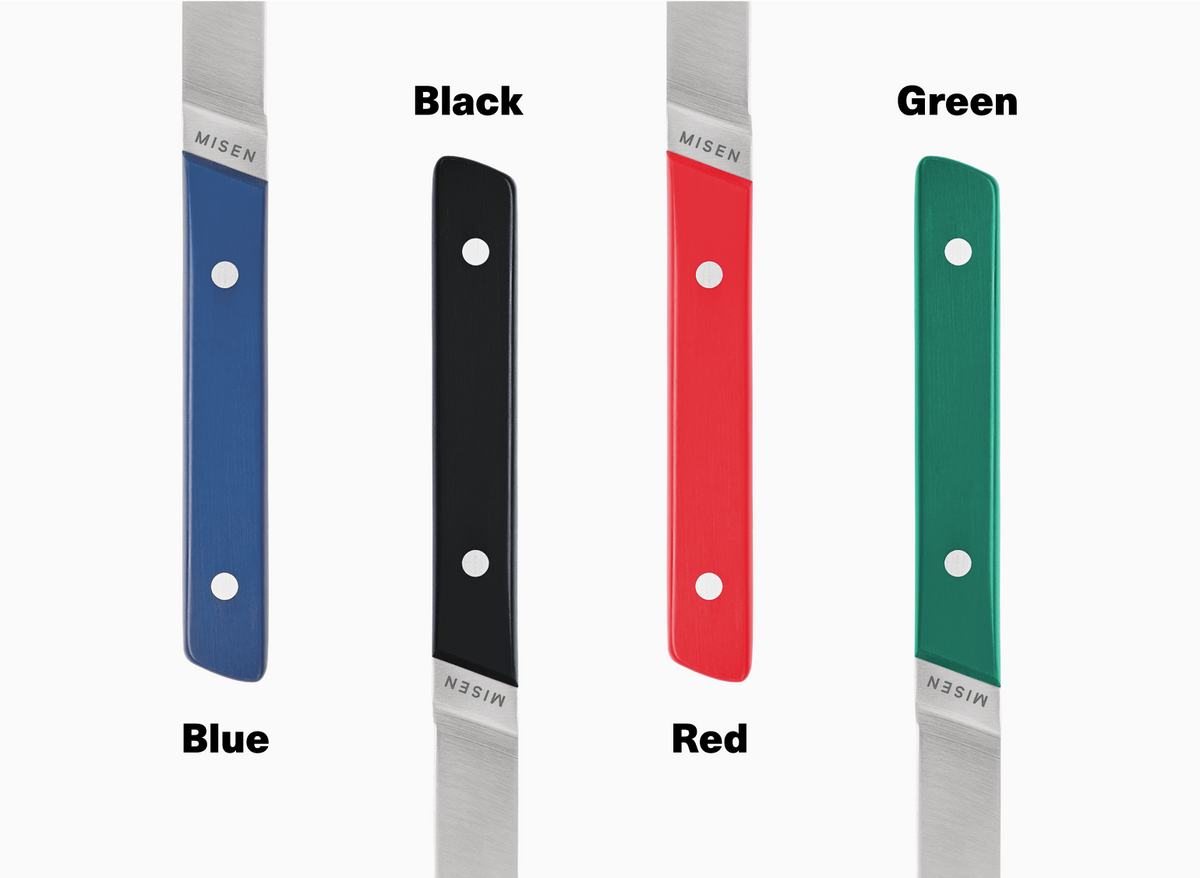One of the main selling points of a stainless steel pan over a nonstick or a carbon steel fry pan is that some bits do in fact stick to the bottom of the pan even if you do everything correctly. These bits are called “fond,” a French word that has many meanings when not used culinarily: background, bottom, depth, the core of the issue, the basis. In culinary terms, these ideas loosely translate into the base of a sauce. That's because the fond is full of flavor. It's no surprise that chefs are so fond of fond.
Because stainless steel is non-reactive and can develop stuck bits, it's the best choice for making a pan sauce. You can deglaze the pan when your primary cooking is done. Deglazing is a process that begins with adding an astringent like wine, vinegar, liquor, or stock to a pan. The liquid loosens the stuck bits and this forms the foundation of what could quickly become a delicious pan sauce. If you'd like to make a pepper sauce for seared duck breast or red wine sauce for steak, this is when you do it.
Stainless steel is also perfect for cooking acidic dishes like tomato sauce. Copper, aluminum, and cast iron all react poorly with acidic foods: Aluminum can lead to a metallic taste, copper can lead to illness if it's not lined with a non-reactive surface, and acidic foods can strip a cast iron pan's seasoning.
Stainless steel is non-reactive and thus is ideal for making a Bolognese sauce, for example. The flavor won't be tainted by the metal, and the acidity won't damage the pan. Sauces, soups, and stews are where your stock pot, saucier, or sauté pan truly shine: The stability of the metal, combined with its durability, make stainless steel an excellent choice for any of these pans.





